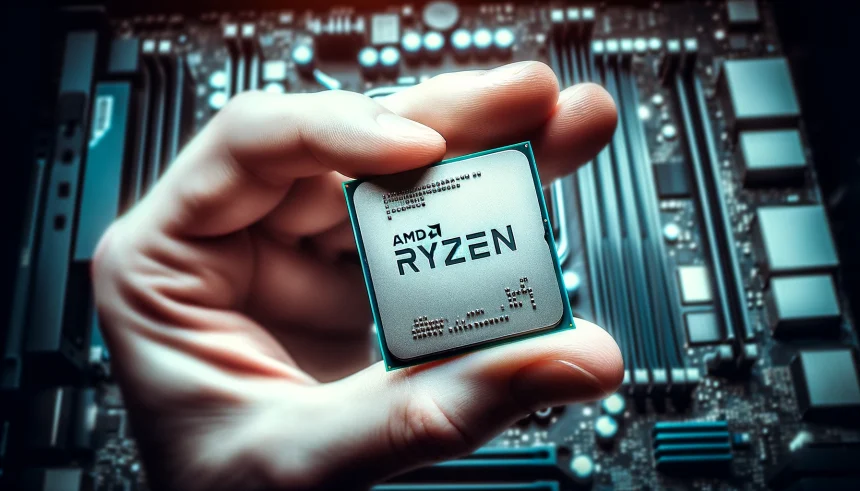Leading GPU manufacturers are taking familiar steps to stay competitive in an evolving graphics technology landscape. Intel has decided to introduce Multi-Frame Generation (MFG) to its GPU products, placing itself alongside Nvidia, whose innovations in this area have already become a benchmark for the industry. AMD, however, is now the only major brand not offering MFG, which sets the stage for new discussions about feature parity and market leadership. As demand for smoother and more immersive gaming experiences grows, the boundaries between hardware performance and software optimization become increasingly important to consumers.
When Nvidia rolled out its Frame Generation technology with its RTX series and DLSS 3.0, it quickly became a standard that both gamers and industry observers watched closely. Intel’s initial reluctance to implement similar technology led to speculation about its long-term competitiveness. However, recent announcements signal that the company is changing course and investing more heavily in feature development for its Arc GPU lineup. Comparatively, AMD’s FSR and Radeon products have focused more on upscaling techniques rather than generating extra frames, which may now place them at a perceived disadvantage among performance-focused users seeking higher frame rates without a significant hardware leap.
Why Did Intel Adopt Multi-Frame Generation?
Intel’s move to add MFG to its Arc graphics cards stems from feedback within the gaming community and a recognition of shifting industry standards. Offering this feature allows Intel products to directly compete with Nvidia’s GeForce RTX series, which became known for improved frame pacing and responsive gameplay through proprietary Frame Generation technologies. Intel representatives highlighted their aim for broader compatibility, with one company spokesperson stating,
“We are committed to delivering the visual fidelity and performance our customers expect, and this means expanding our technologies to match current expectations.”
This shift reflects Intel’s renewed desire to close gaps with rivals and meet new consumer demands.
How Have Gamers Responded to the Announcement?
Initial reactions from the gaming community suggest cautious optimism as more choices arrive in the GPU market. Many consumers appreciate the possibility of enhanced frame rates without necessarily upgrading their entire hardware setup. Intel has emphasized transparency and user feedback, with another spokesperson adding,
“We value input from gamers and creators, which directly shaped this strategic decision.”
Community forums and tech reviewers have begun to discuss scenarios and expected outcomes, sparking renewed interest in Intel’s Arc GPUs.
What Does This Mean for AMD’s Market Position?
AMD remains the only major graphics card brand not offering its own version of MFG, prompting discussions among analysts about potential impacts. With both Nvidia and Intel highlighting frame generation features, AMD’s approach may need reconsideration if it wishes to retain competitive appeal among enthusiasts. The Red Team has thus far relied on FSR upscaling solutions, but the absence of true frame generation is increasingly noticeable, especially for users prioritizing frame rate and latency improvements in modern games.
The introduction of MFG by Intel signals a shift in expectations for modern GPUs, as brands are pushed to match each other not only in hardware specs but in advanced software features. For consumers, this trend stands to offer improved visuals and smoother gameplay across a wider range of devices, though it may also prompt users to scrutinize software maturity and cross-title compatibility. Evaluating recent moves in context, Intel appears to be closing the gap quickly, but AMD’s next steps will be watched closely by industry observers and gamers alike. Understanding these innovations can help buyers make informed choices, especially as performance conversations pivot from raw hardware power to a blend of AI-driven enhancements and platform-level optimizations.
- Intel introduces Multi-Frame Generation to its Arc GPUs, mirroring Nvidia’s feature set.
- AMD stands as the only major GPU producer not offering MFG currently.
- The market now anticipates AMD’s response to the evolving GPU tech race.










